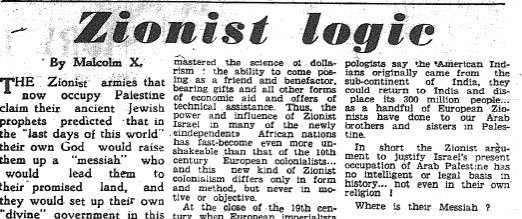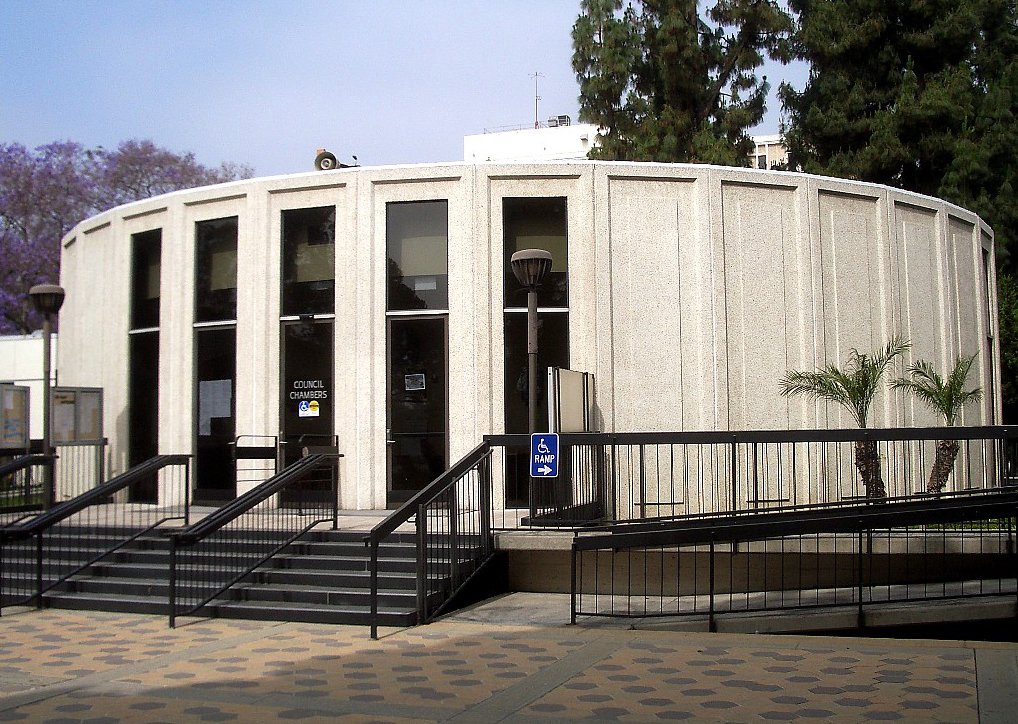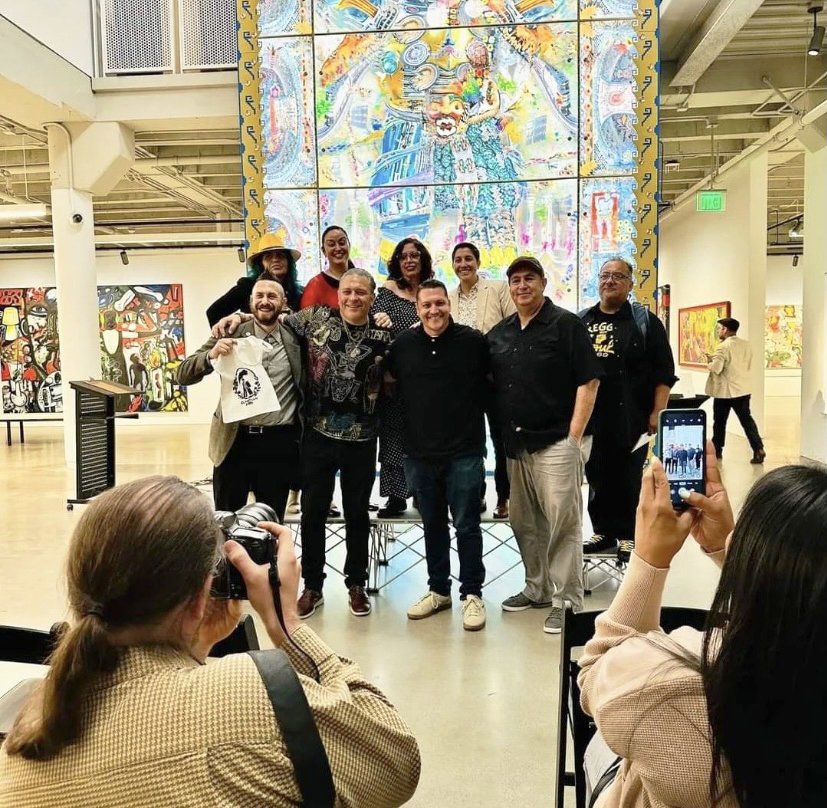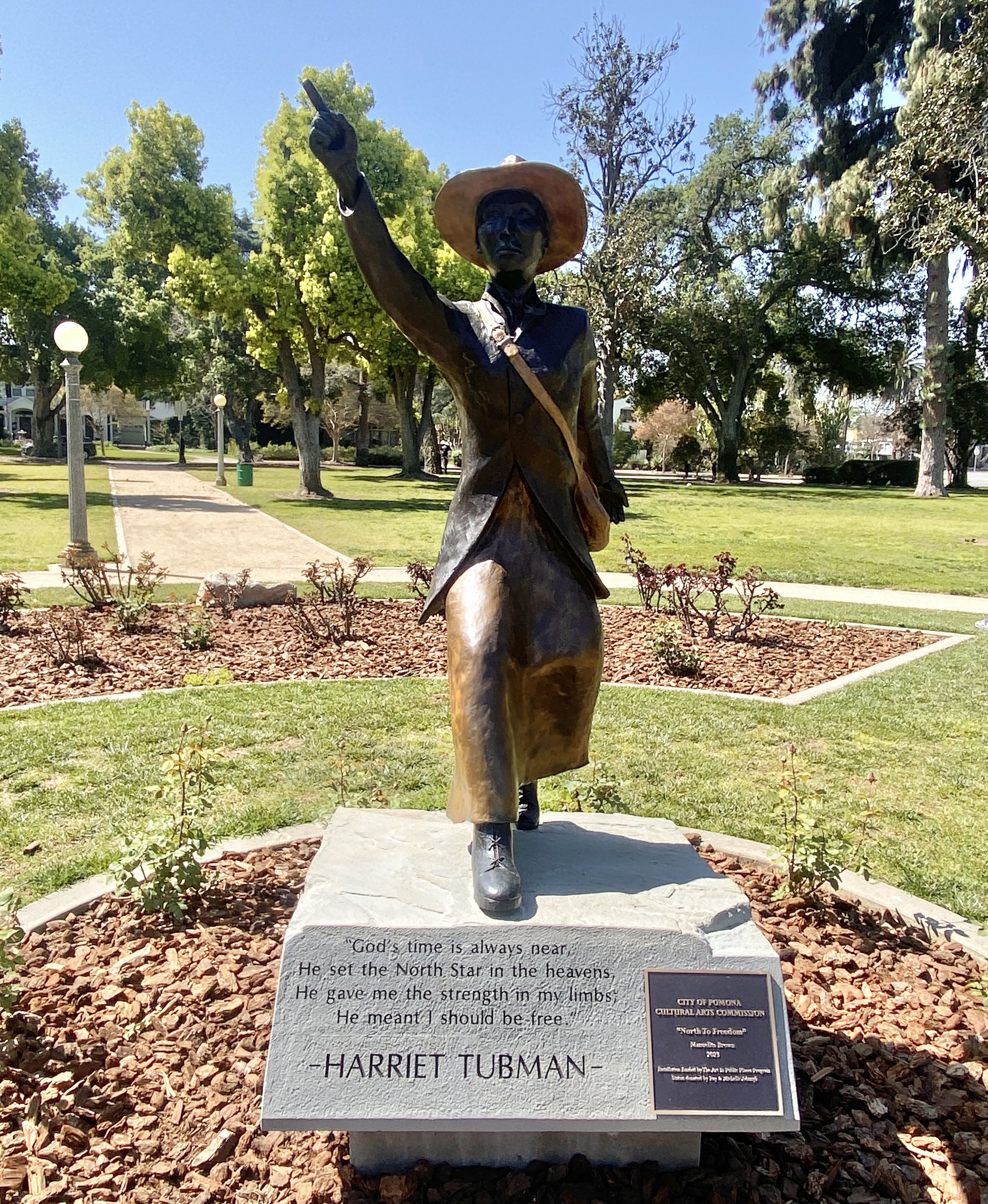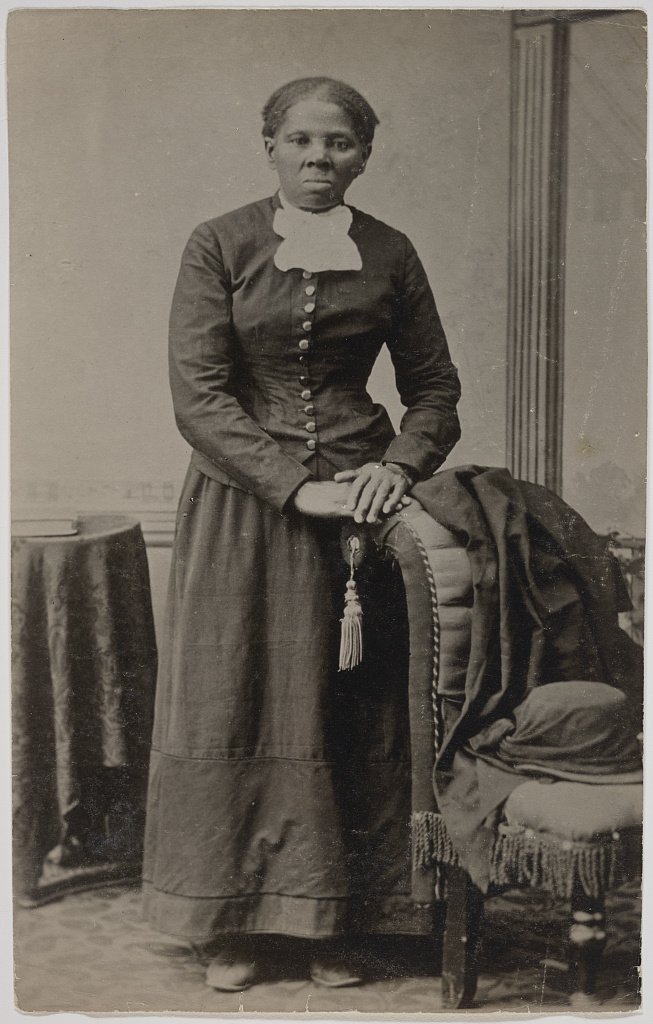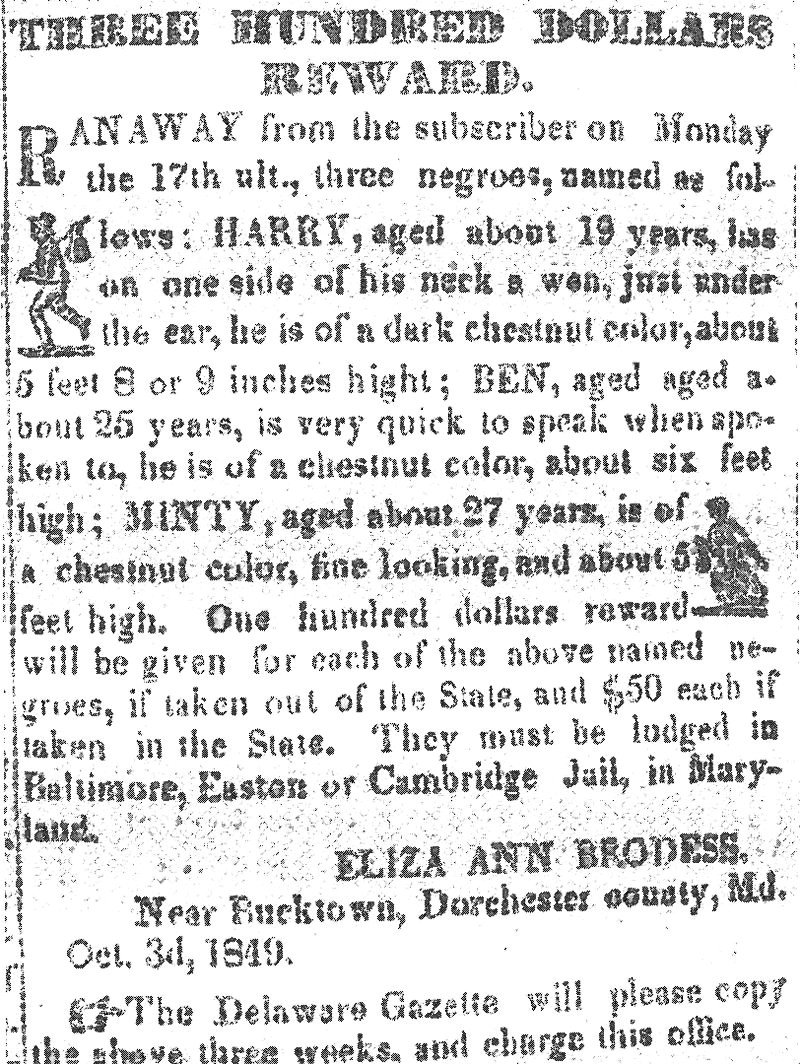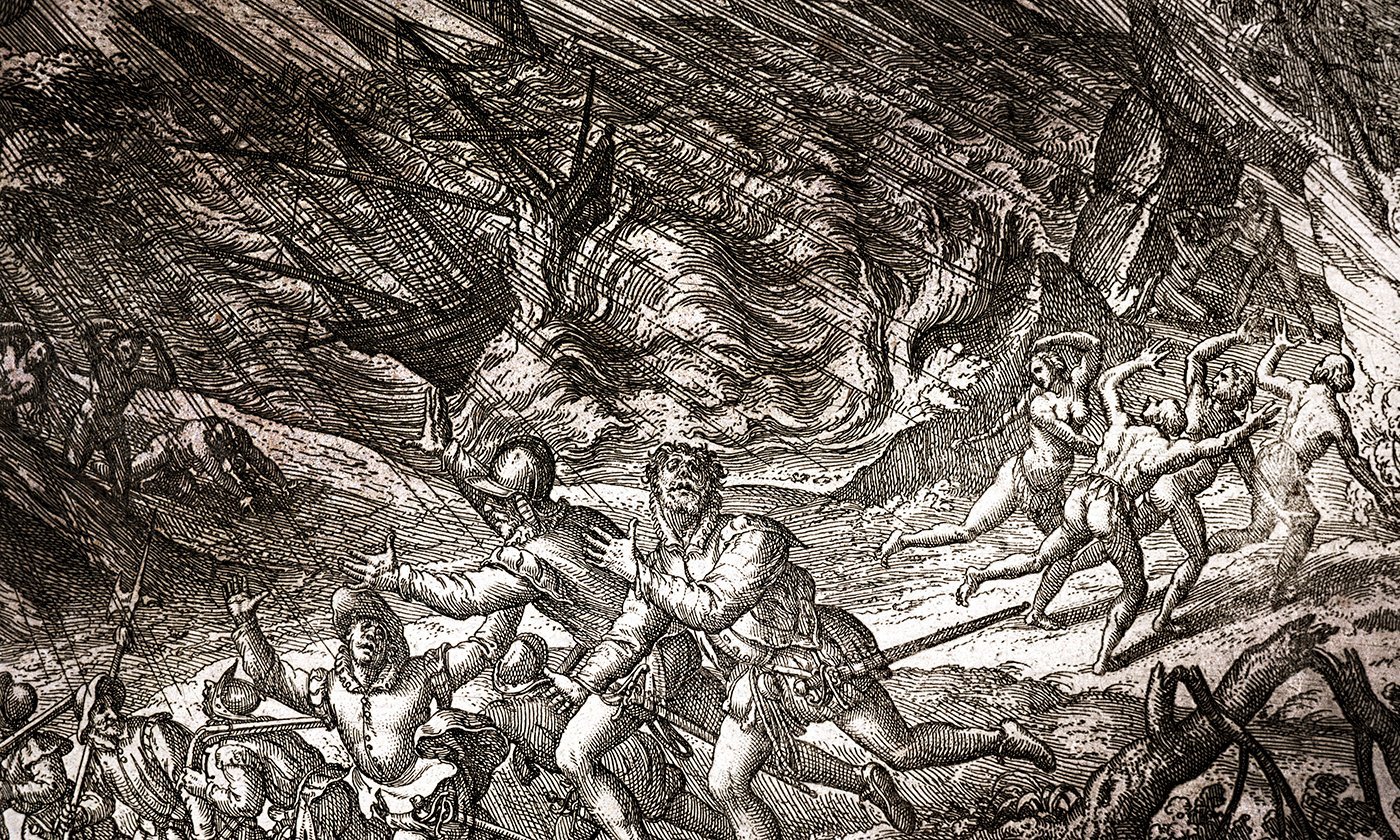Do we feel safer every year the police budget increases?
Photography ©Julian Lucas
Updated 12/06/2024 5:52pm PT
More than half of the City of Pomona’s budget goes toward funding the Police. This is historically true, and it is still true today. It is an emphasis that we need to continually scrutinize - even with the recent passage of Measure Y that reallocates 10% of the City’s General Funds to child and youth services by the years 2030-2031.
Pomona’s police budget has increased about $20 million since 2020, and currently $80 million is allocated for Police. This was enabled, in part, with the voters’ approval of the 0.75% sales tax in 2018, and again in spring of 2024, that has resulted in an influx of about 16.8 million more dollars per year to the City’s General Fund.
It is a sobering fact that at the same time as the police budget has increased, the City’s homicide rate has basically remained the same. Since 2016, the City has averaged about 17 homicides a year. Which means that preventing violent crime remains a constant and ongoing concern, raising all sorts of basic questions:
Is the amount of funding devoted to policing translating into safer streets and effective crime reduction, or is this funding failing to address the root causes of violence?
Will allocating a slightly bigger slice of the City’s overall budget to youth programs, with the passage of Measure Y, help us secure safer streets and see a reduction of crime?
Now that our governing bodies, the City Council and Commissioners, are charged with allocating more funds toward child and youth services, are the individuals that make up the governing body, including Pomona’s Mayor, capable of being creative enough to manage a large city like Pomona?
Many members of the City Council and various commissions actively campaigned against Measure Y. Among them was the Pomona Police Officers Association, which contributed nearly $25,000 to the "No on Measure Y" campaign opposing the Pomona Kids First Initiative. Despite their efforts, the measure passed with a 62.5% majority. Their slogan? “The Wrong Way to Help Pomona’s Children.”
This raises an important question: given their level of opposition to Pomona’s Kids First Initiative, are they capable of making the new funding formulas work?
The City’s traditional disproportionate focus on police, while homicide rates remained roughly the same, means that there continues to be room for reflection and re-evaluation. It is with great hope that by enhancing support for community-driven initiatives and preventative strategies, Pomona can build a more holistic approach to public safety. It is also with great hope that focusing funding for youth will not only address the immediate needs of our young population, but also address long-term reductions in crime.
THE NUMBER OF HOMICIDES SINCE 2016:
2016: 13 Homicides
2017: 17 Homicides
2018: 17 Homicides
2019: 12 Homicides
2020: 13 Homicides
2021: 21 Homicides
2022: 19 Homicides
2023 : (Pending) Discrepancy
In 2023, there was a body found “in front of a house on Towne Ave, titled, ‘Suspicious Death’ (Reference# P000288-091324).This unfortunate incident, which took place July 1, 2023 at 5:45 am has not been included in The Pomonan Homicide Report count. When the Pomonan submitted a public records request on this incident, the city’s response was vague and only stated information of what officers observed upon their response. The request did not state if this incident was deemed a homicide.
After submitting a public records request for the total number of homicides in 2023, the city reported a figure of 14. However, our independent review and cross-referencing of the data revealed the actual total to be 16. Notably, the city's report included one incident classified as manslaughter, which does not meet the criteria for homicide.
This raises important questions about whether all homicides are being accurately reported in the city’s crime data. Are all homicides being included in the official reports, or are some intentionally left out and swept under the asbestos, making it appear that the homicide rate is decreasing when it may not be?
Do we feel safer every year the police budget increases?






